In my early travel days (27+ countries ago), I used to be into country-counting, jam-packed itineraries and “I-want-to-see-everything-before-I-go” attitudes. Spoiler alert: I still am occasionally. But after having traveled for 10+ years, a few things have changed: first, my goals when I travel, my desired experiences and my knowledge of the impact that traveling has on the planet, and on the host countries and cultures. Even though the concept of sustainable tourism is trending right now, it was important way before it became a trend, and even before I became aware of it. Now, knowing how important it is, I have become increasingly intentional about the way I travel, and how I can play my part in making sure that we preserve the earth, the nature and the culture of the people who become our hosts on our adventures. Let me explain further…

Table of Contents
What is sustainable tourism and why does it matter?
Sustainable tourism is a travel industry movement that ensures that our current tourism experiences help us to also preserve the planet, so that future generations can enjoy it and tell its beautiful tales too. This movement became necessary as research showed the impact of overtourism and heightened experiences around the world. Does this mean we can’t stay at lavish, luxury resorts on given vacations, or completely change our travel style, whatever it may be? Absolutely not. Including sustainability in our travel style regardless of where we go simply means being aware, being intentional, and being an action taker.
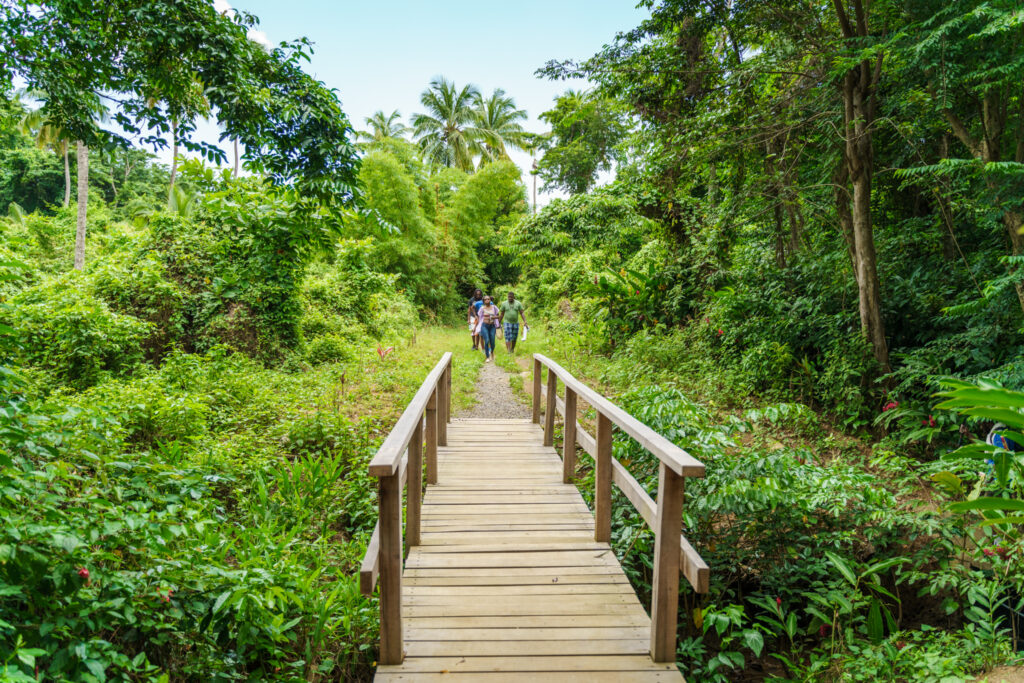
But why is sustainable travel important though?
First, it helps to protect the environment at different levels. From a transportation perspective, every single time we fly, take a bus or drive, the engines emit greenhouse gases (GHGs) which pollute the atmosphere and increase global temperatures. Thinking of this from a single person unit might not make a huge difference, but when we think about massive numbers of tourism to different destinations daily, then we understand how this could be a long-term issue on a larger scale. From an accommodation perspective, staying at eco-friendly hotels helps to reduce the amount of waste and resources that we use as guests. Similarly, eco-friendly restaurants (where we eat on vacation) offer more environmentally friendly options.
Secondly, it helps to protect the wildlife. The impact of our travels on the atmosphere affects every living being (humans, animals and plants). In addition to that, animals can also be affected when they are taken from their natural habitats and moved to different locations for tourism purposes. This requires further resources (to replicate a “man made” natural habitat), and might also affect the animals long term.
Thirdly, it helps promote local economy and community tourism: a type of sustainable travel includes going to the “off-beaten path”, or traveling as a local. By doing so, as a traveler, you get to immerse yourself in a local community and actually appreciate the people and their customs more. Moreover, you boost the local economy (as your dollars go directly to the area where you are visiting), and reinforce the concept of community tourism.
When it comes to travel more sustainably, you don’t need to do it all. Below are types of sustainable tourism ideas that you can decide to include in your next adventure, depending on your travel style.
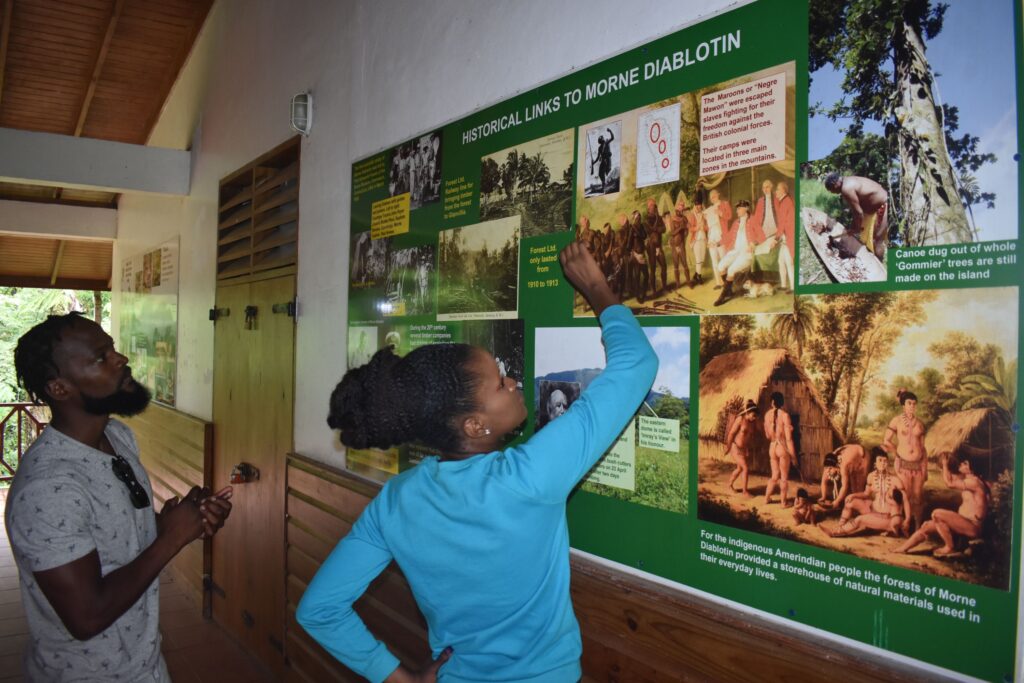
What are the types of sustainable tourism?
In this section, I will break down the different types of sustainable tourism, and examples of what it might look like on a vacation trip.
Ecotourism: ecotourism focuses on activities or experiences that:
- Foster the protection of the environment (visiting conservation parks, botanical gardens, natural wonders)
- encourage energy efficiency: walking or taking a public transportation instead of driving, washing your laundry at by hand instead of via a machine when staying at an airbnb, air-drying vs machine drying when possible, etc.),
- Promote wildlife preservation (visiting wildlife in natural parks/reserves vs zoos),
- Foster an appreciation for indigenous communities (learning about the indigenous communities and practices, exploring indigenous museums, going on traditional indigenous tours or visiting their reserves).
Countries like Dominica have sustainability engrained in their tourism efforts, so it makes it a lot easier to be able to meet these goals.
Community tourism: this type of tourism helps you to immerse yourself in realistic everyday experiences of what life is like within a given region or community. This sometimes includes living with the locals, cooking with the locals, or experiencing local life for a day or two during a trip.
Rural tourism: this involves traveling out of the bustling city center and away from popular tourist attractions, to spend time in rural areas. Examples include camping trips, hiking trips, experiencing agritourism (such as farming activities), exploring hills, mountains, waterfalls or other natural attractions that are not within the city.
Soft tourism: soft tourism prioritizes slow, local experiences. In a way, it overlaps with community and rural tourism experiences. Here, you also get to learn more about local culture, stay longer in places where you visit, and make the most out of your vacation time.
By now, I hope you are a bit clear on the types of sustainable travel experiences you can have. I am more drawn towards rural tourism, soft tourism and community tourism experiences. Now, I will share with you practical examples of how you can travel more sustainably, from the time you book your flights until you conclude your travel experiences, even if you are going away on a last minute trip. I will also show you what a “sustainable travel itinerary” might look like, in my books!
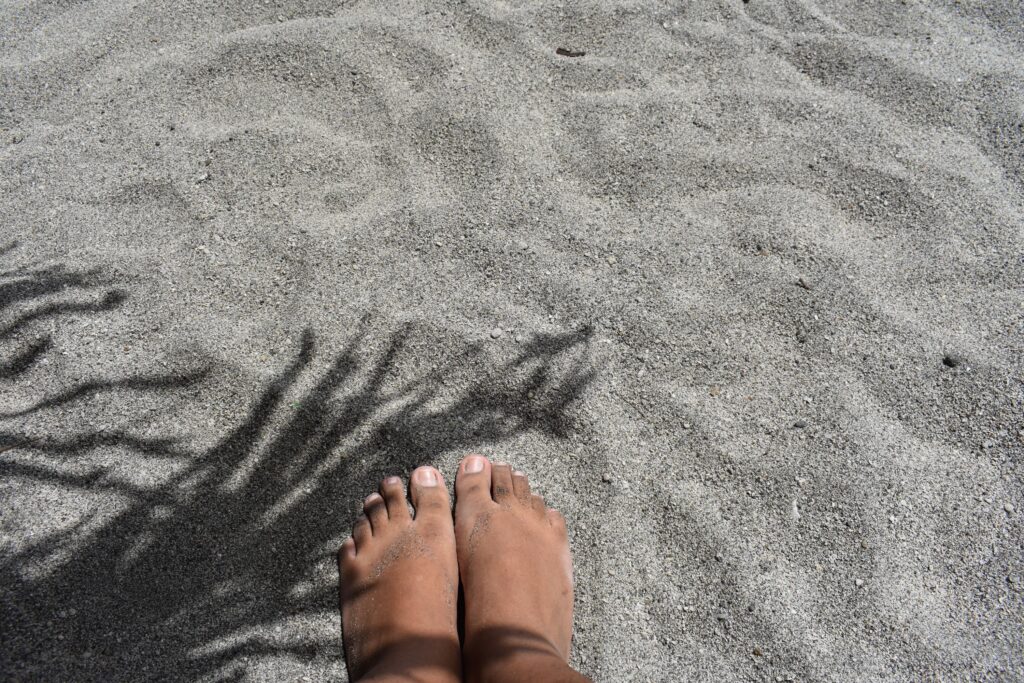
Practical tips for traveling more sustainably
When you book
Flying definitely has the biggest carbon footprint (emits more greenhouse gases) compared to other travel methods. However, sometimes, we can’t avoid it especially when traveling long distances or internationally, such as traveling to Caribbean islands like Barbados. Here are some simple strategies you could implement:
- If a train is available for your travel route, consider it instead
- If you book a flight, check the carbon footprint: I love using Google Flights because it shows me exactly what the carbon footprint of each flight is, and I can make an informed decision
When you pack for your trip
In the era where we live in, fast fashion is everywhere, so much so that it feels unavoidable. Unfortunately, fast fashion affects the earth in more ways than we actually know. Here are tips I would implement, and what I would recommend:
- Pack multi-purpose clothes: for instance, you can use one pair of jeans or shorts for 2-3 experiences, use one plain dress and accessorize it with a scarf, different earrings or a cover up, etc. Be creative, ensuring that you can reuse your clothes many times instead of packing a lot of outfits.
- Shop your wardrobe: beyond the fact that you save a lot of money, shopping your wardrobe actually helps you be more creative in reusing clothes that you have already used. Remember: they are still your clothes. And to be quite honest, do you really need a different outfit for each vacation? My new policy is this: a new day + same outfit = new outfit. That’s it!
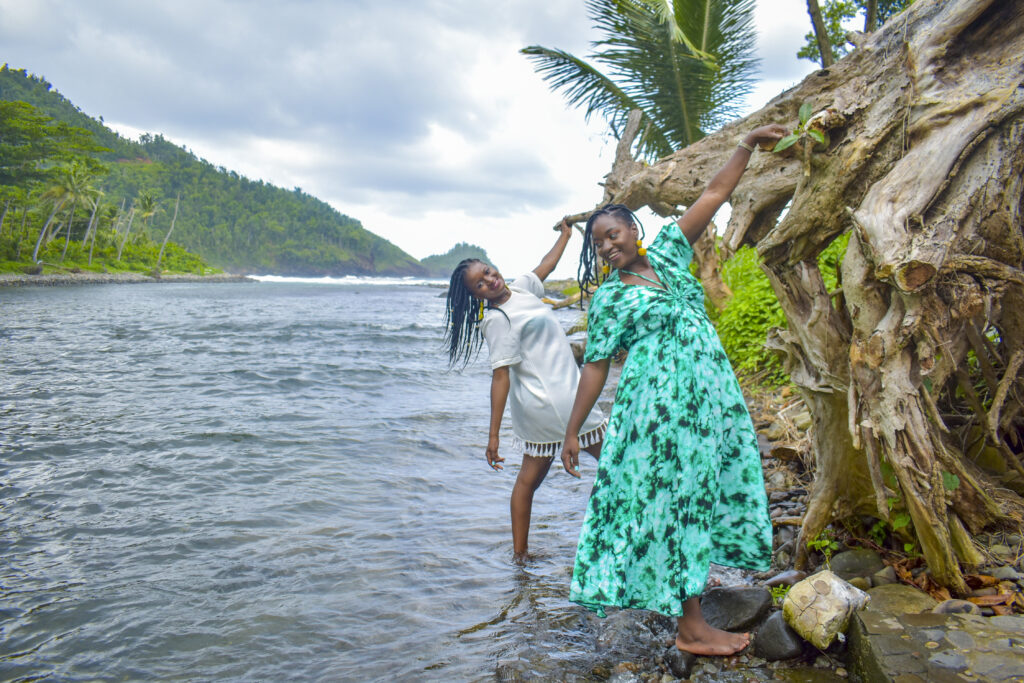
Where you stay
When it comes to booking your accommodations, opt for:
- Eco-certified/sustainable hotels: generally, if a hotel meets this requirement, you will see either a label or sticker on the hotel page when booking. Eco-friendly hotels tend to use eco-friendly materials and lesser resources in operations, room logistics, and even in their meals.
- Local homes or Airbnbs: depending on the vibe of your trip, you can decide to stay at a local home (in french, “chez l’habitant”) to really immerse yourself in local living.
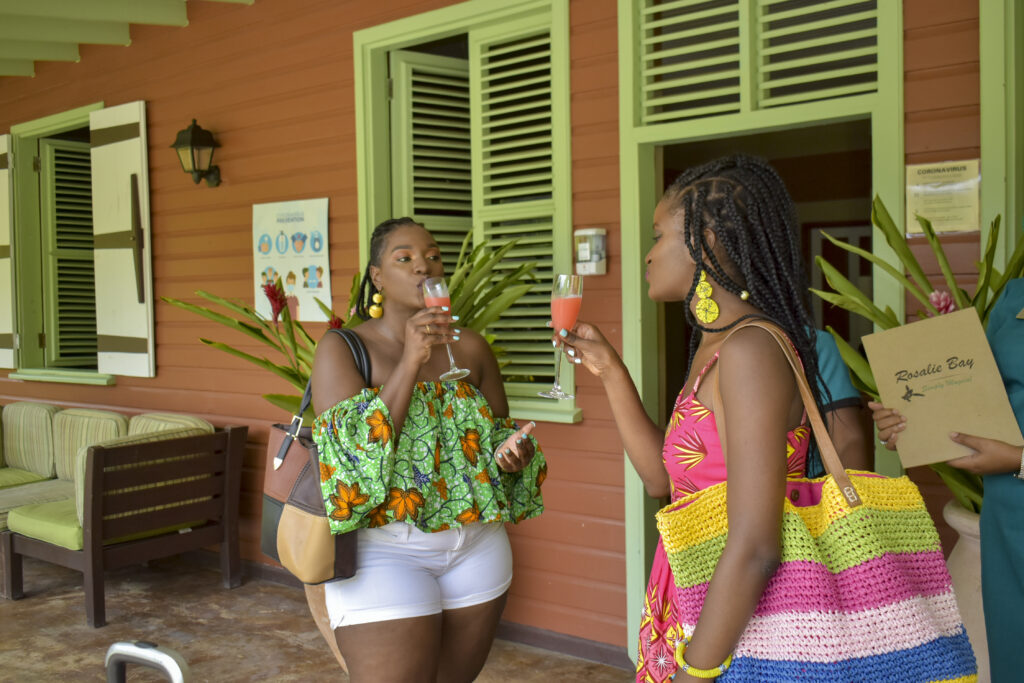
Where you eat
When it comes to the choice of your restaurants on vacation, include local spots. Ask the hotel where the locals tend to eat for breakfast, lunch or dinner. I remember during one of my last stays in Ottawa, a friend of mine recommended Zak’s Diner for breakfast. I wanted to go somewhere the locals patronized regularly, and it was also my first diner experience. The food servings were so large that I packed some to go home with, and the ambiance was charming and convivial. I was thoroughly impressed, and will definitely try that again.
Be adventurous and grab a bite at some of the street food trucks. I’ve completely fallen in love with the Toronto hot dog stands, and everytime someone comes and visits, I get them to try it too.
Finally, try farm-to-table restaurants: these restaurants use ingredients from local farms in the meals they serve to clients. It’s also a great way to ensure that you eat healthy when you travel.
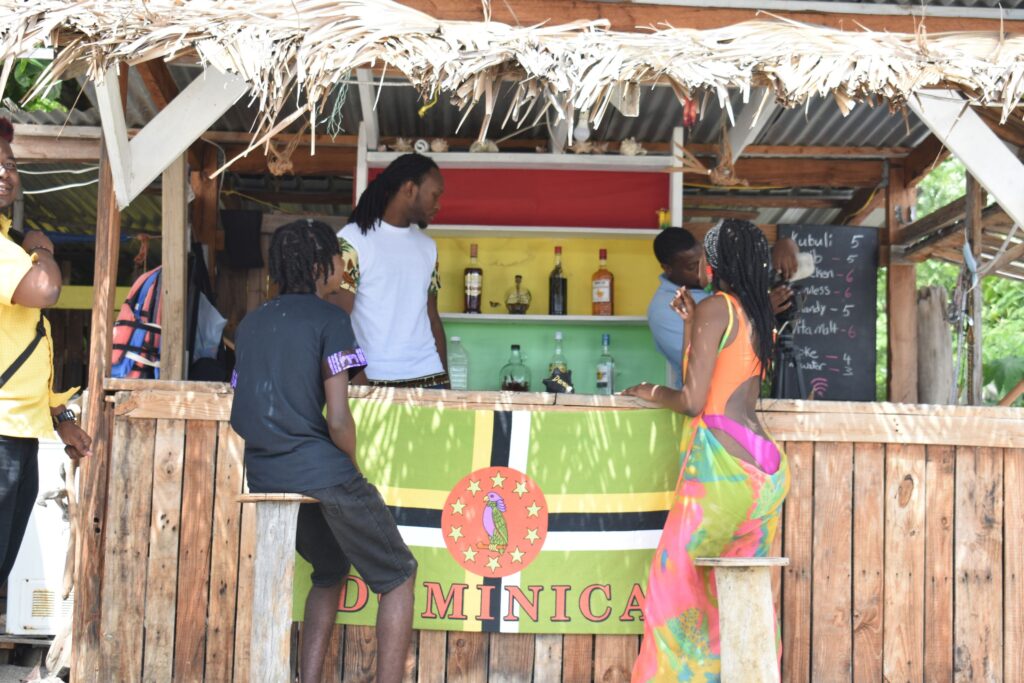
What you do
In this section, I want to share some ideas of ways in which you can include sustainable experiences, even in your tourist activities when you travel, whether you are visiting popular tourist spots or remote areas.
Exploring popular tourist spots
Let’s be honest: sometimes, you want to go to popular tourist attractions. I mean, if it is your first time in Paris, would you really not try to see the Eiffel tower? Exactly! So if you are visiting popular tourist attractions, here are a few ways you can do it sustainably.
- Combine it with other popular attractions: if you plan a specific day just for the “touristy stuff”, it gives you more time to also explore non-touristy things!
- Go there by foot: walking is a great way to stay fit when traveling, and to also explore cities. If you can, try to get to your popular attractions by foot.
- Visit at less busy hours: early mornings worked best for me when I tried to explore the Plaza Navona in Rome, Italy. It’s a great time to get the place (almost) all to yourself, and also get some great photos!
- Include museums, parks and gardens in your itinerary: if a museum is on a “bucket list experience” for a destination you plan to visit, go there. Museums are great ways to get to know more about history, nature, and culture.
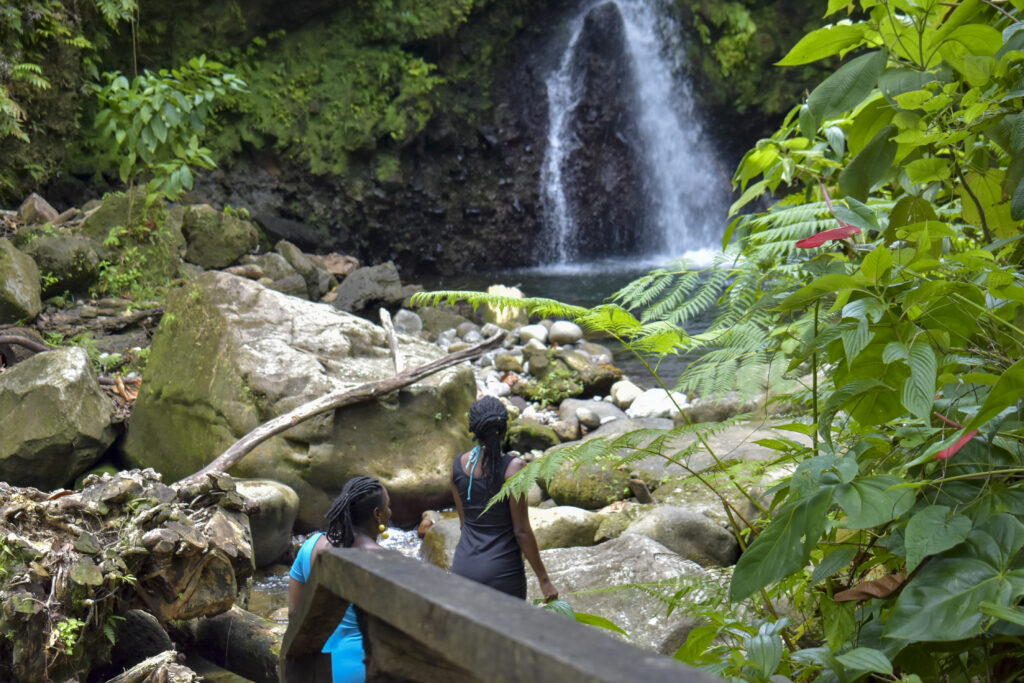
Exploring non-popular tourist spots
This is by far one of my favorite things to do when traveling, and as much as I can, I try to include an “off-the-grid activity when I travel. This could include day trips out of the city where you are exploring, or a night stay in the countryside.
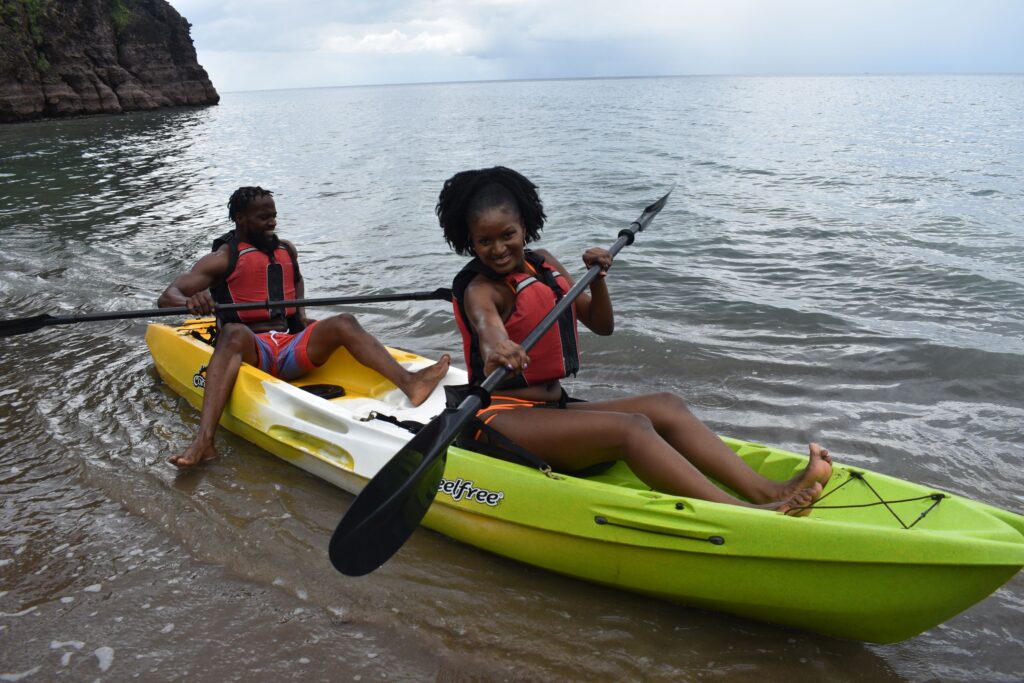
Move sustainably when you travel
I love walking when I travel, especially when I visit the most walkable city. Usually, anything up to 30 minutes of walking is good for me. However, you might not always want to walk when on vacation, so here are a few recommendations:
- Take public transportation instead of driving: bus, train or streetcar? Anything goes, once it takes you where you need to go. But if your destination is not within public transportation reach, then…
- Opt for ride sharing: instead of taking an uber for 2-4, you can pick the “ride share” option. By doing so, other people can book the same ride as you once they are on your itinerary, and the driver makes less trips (while still earning). Keep in mind that this might take you longer to arrive at your destination, and might require you leaving earlier.
And even despite all these, you might still not be able to avoid driving. Should this be the case, that is okay too. It’s still important to know ways in which you can travel sustainably when you can.
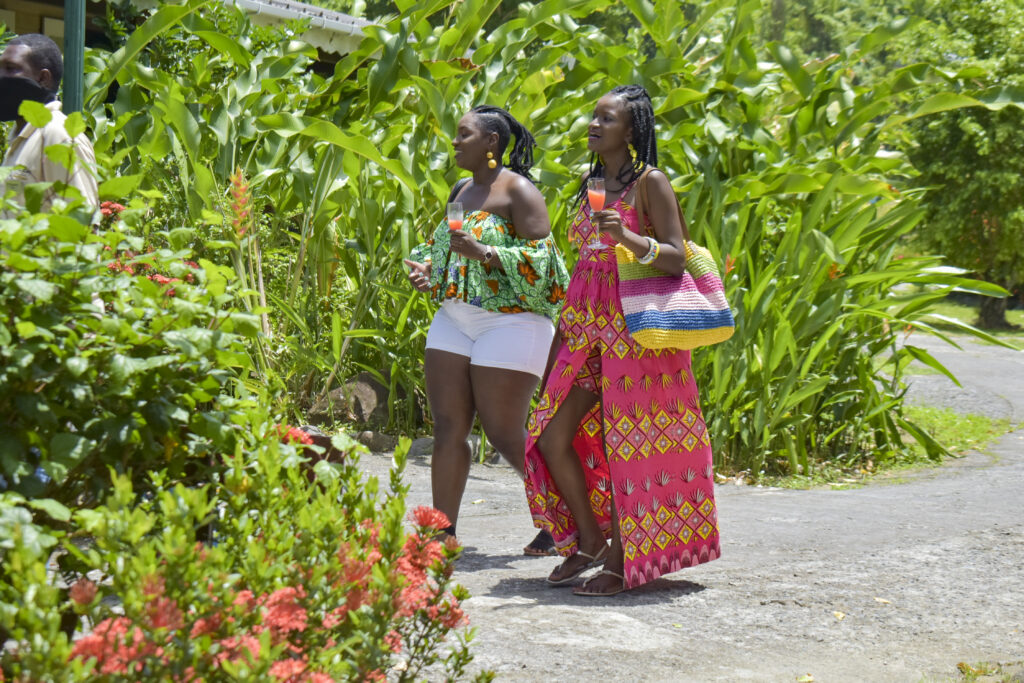
What a sustainable travel itinerary would look like
Finally, the icing on the cake! This is the best part, where everything comes together. This is exactly how I would plan a trip with sustainability in mind.
A 3 day trip to ….xxx (insert any city you would like to visit)
Day 1: Out and about downtown
Morning: Wake up + breakfast at your eco-friendly resort, hotel or airbnb. Walk to the city (or take public transportation). Explore the key city attractions by foot, or if available, hop on one of the city buses. Include a museum and art gallery stop too.
Noon: lunch at a farm-to-table restaurant. Try the chef’s recommendations (for meals and cocktails)
Evening: either unwind at your accommodation, or check out a popular bar in the city. Optional: if there is a theater show or musical happening on that night, go for it too!
Day 2: Local experiences

Since I travel on weekends, my second day of travel tends to include a lot of more sustainable tourism experiences such as going to farmer markets. So, we head to a local farmer market for fruits shopping, souvenir shopping and breakfast. Then, opt for another local experience in the vicinity. Culinary tours, brewery tours, farm tours, wine tasting tours, it’s really up to you. The goal is to get something that is different, local and educational. This might also require a day-trip outside of the city, and perhaps a night in a suburban or remote area. That’s okay too. In the evening, you can unwind at a local restaurant or at your accommodation.
Day 3: Take it down a notch, relax and rejuvenate
On this day, we plan for relaxation activities. Wellness day at the hotel/resort, spa day (including massages, manicure and pedicure, etc.) These can be organized at your hotel, but the sustainable tourism tweak would be to… check with the locals and ask about the best local spas. When done, opt for a sea excursion such as a catamaran cruise, or a fishing tour (just to stay in keeping with nature). Leave your evenings open for any spontaneous activity that you might want to do.

I hope you found this useful, and that it gives you more perspective and ideas on how to travel better, with sustainability in mind!




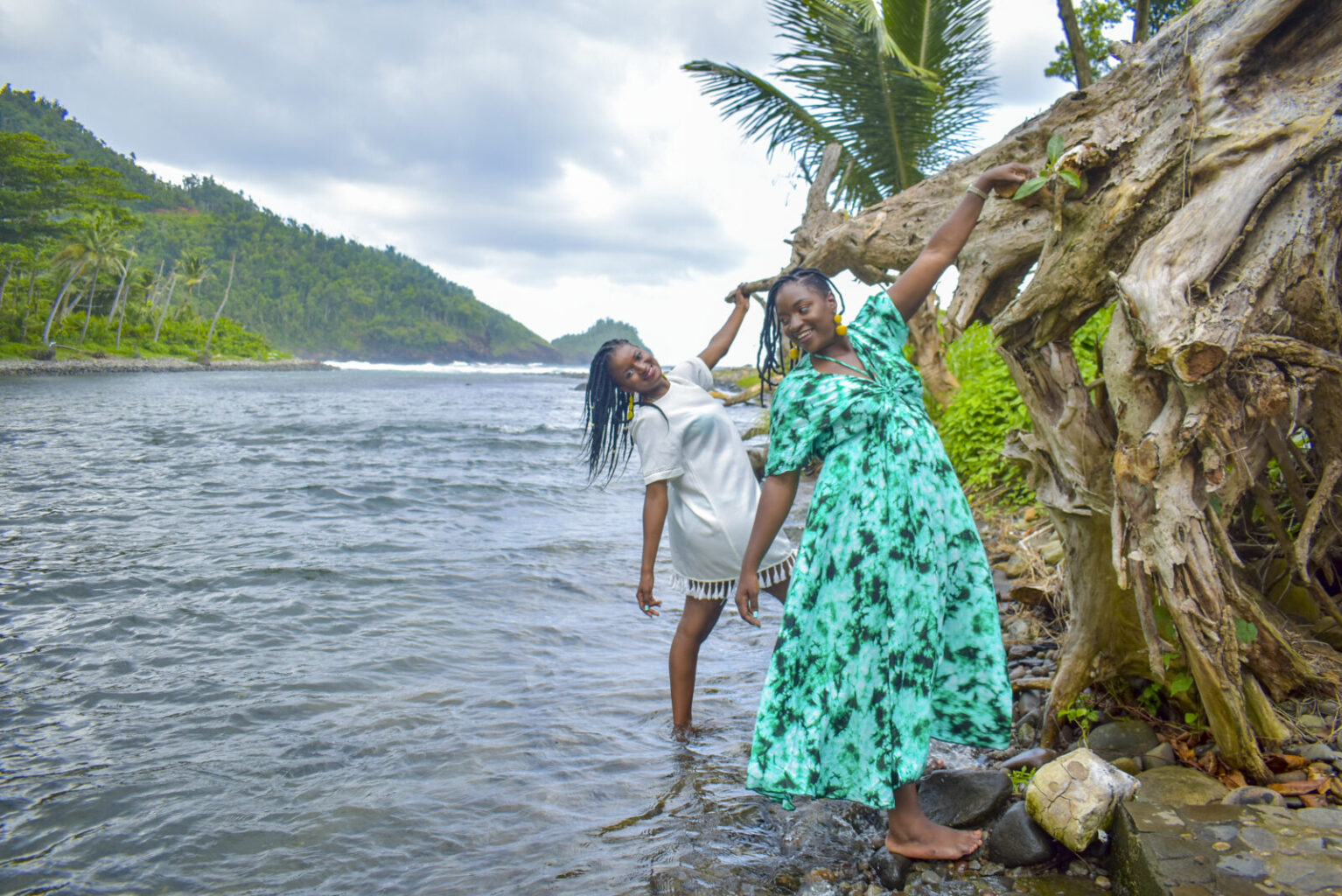
Leave a Reply